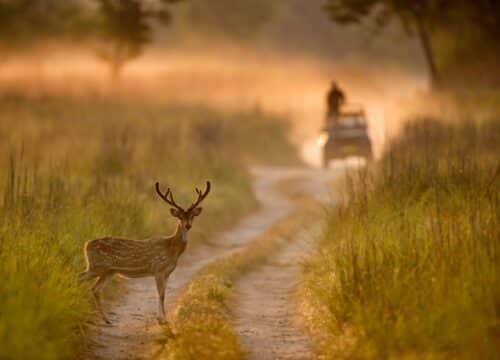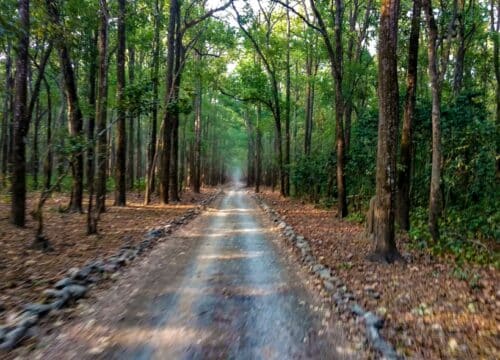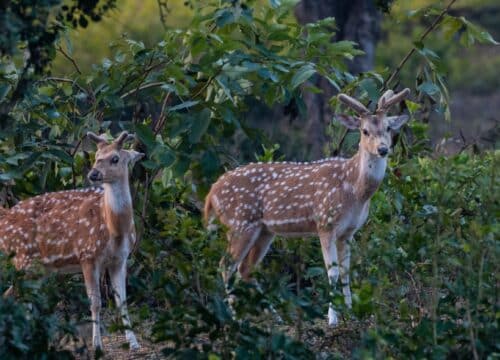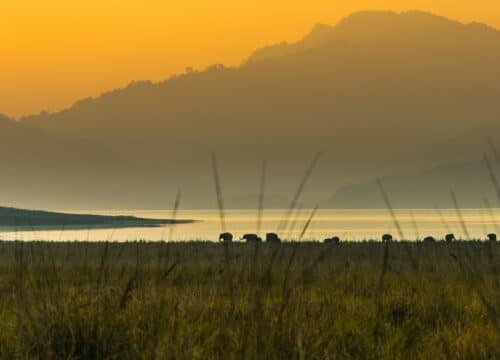JIM CORBETT NATIONAL PARK
Jim Corbett National Park was established in 1936 as Hailey National Park, and is the oldest national park in India. The park has had many name changes over the years, as well as changes in its boundaries. It was given its current name in honour of well-known author and wildlife conservationist Jim Corbett, who played a key role in its establishment. It is located in the Nainital district of Uttarakhand, and was named after Jim Corbett who played a key role in its establishment. The park was the first to come under the Project Tiger initiative, and contains sub-Himalayan belt geographical and ecological characteristics. It is an ecotourism destination, and contains 488 different species of plants and a diverse variety of fauna. The influx of tourists, among other issues, poses a significant threat to the Corbett Tiger Reserve’s ecological balance.
For years, Corbett has been a popular destination for tourists and wildlife enthusiasts alike. Tourism is only allowed in certain areas of the park so that visitors can appreciate its natural beauty and the diversity of its wildlife. However, in recent years the number of people coming to Corbett has increased dramatically. Presently, the park receives more than 70,000 visitors each season from India and abroad.
Jim Corbett National Park is home to a diverse range of landscapes, from hills and riverine belts to marshy depressions and grasslands. The park spans an area of 520.82 km (201.1 sq. mi) and ranges in elevation from 1,300 to 4,000 ft (400 to 1,220 m). Winter nights can be cold, but the days are bright and sunny. The park experiences its heaviest rainfall from July to September. The dense moist deciduous forest mainly consists of sal, haldu, peepal, rohini and mango trees. Forest covers almost 73% of the park, while 10% of the area consists of grasslands.
Jim Corbett National Park is home to around 110 tree species, 50 mammal species, 580 bird species, and 25 reptile species. The park’s historic rest houses include Garjiya, Sultan, Gairal, Sarpdhuli, Khinanauli, Dhikala, Bijrani, Jhirna, and Dhela. Accommodation is available at various locations throughout the Sonanadi Tourism Zone, including Dhikala, Sarapduli, Gairal, Sultan, Bijrani, Malani, Jhirna, Dhela, Halduparao, Kanda and Lohachaur. All rooms feature double beds and basic amenities. There is also a twelve bed dormitory at Dhikala and an eight bed dormitory at Gairal for visitors intending to stay inside the forest.









